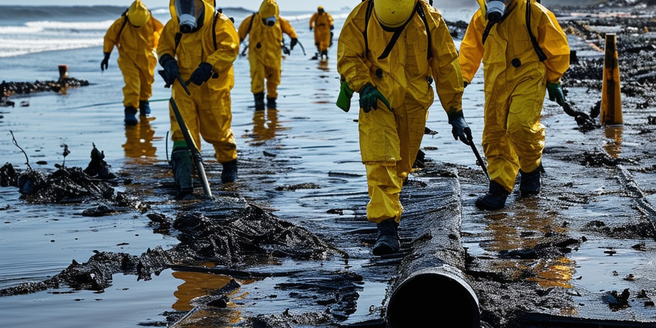
Overview of Environmental Class Action Lawsuits
Environmental class action lawsuits involve a group of individuals collectively bringing a lawsuit against a defendant. These lawsuits typically address the harm caused by environmental negligence or violations, such as pollution or unsafe waste disposal, that affect large populations. They serve as a means for communities to seek justice and remediation for the widespread damage inflicted on their environment and health. One notable example is the case against major industrial companies for chemical spills that contaminated local water supplies. By combining their cases, plaintiffs can pool resources, share legal costs, and strengthen their claims against powerful corporate or government entities.
Key Elements of Filing a Class Action
Filing a class action involves several critical elements. First, there must be a large group of people who have suffered similar harm. In addition, the case must meet certain legal criteria set by the jurisdiction. The process can be complicated and requires careful preparation. Legal counsel is often essential to navigate the complexities involved. Next, the lead plaintiff, or representative, will file the lawsuit on behalf of the group. The court must certify the class, confirming that the claims are similar enough to proceed as a group. Finally, strong evidence must be presented to demonstrate the defendant’s liability.
Understanding Environmental Damages and Compensation
Environmental damages refer to the harm inflicted on individuals, property, and natural resources due to environmentally harmful activities. These harmful activities can include pollution, deforestation, and industrial accidents. Addressing these issues requires effective monitoring and enforcement measures. Compensation in such cases aims to restore affected parties to their pre-damage state. This can include medical costs, property repair, and restoration of environmental quality. Environmental laws and regulations play a significant role in determining the scope of such compensation. Understanding these damages is crucial for accurately assessing the extent of compensation needed in class action settlements.
Notable Environmental Class Action Cases
Several notable environmental class action cases have set significant precedents. The Exxon Valdez oil spill case, for instance, resulted in a massive settlement to compensate affected communities. Furthermore, it illustrated the devastating effects of environmental disasters on local ecosystems. In addition, it spurred new regulations aimed at preventing similar disasters in the future. Such legal actions demonstrate the critical role that class action lawsuits play in addressing large-scale environmental damage. Another landmark case involved the contamination of drinking water in Flint, Michigan. These cases highlight the profound impact environmental negligence can have and the importance of holding parties accountable through class actions.
Steps to Join an Environmental Class Action Lawsuit
Joining an environmental class action lawsuit typically involves several steps. Initially, individuals must identify if they are part of the affected group. This process can be time-consuming and may require considerable documentation. It is important to stay informed about key deadlines and dates relevant to the case. Understanding the full scope of the lawsuit is crucial for making informed decisions. Participation usually requires submitting a claim form and providing evidence of harm or damages suffered. Legal notices and public records often provide information on ongoing class actions. Consulting with a legal expert can offer guidance on the best course of action.
Impact of Class Action Settlements on Communities
Class action settlements can have far-reaching impacts on communities, extending beyond just the immediate compensation to individuals. Financial compensation helps individuals recover from personal losses, such as medical expenses or property damages, providing them with the necessary resources to rebuild their lives. This form of compensation can be especially crucial for those who would otherwise lack the means to address the harm done to them.
Moreover, settlement agreements often require defendants to change harmful practices that caused the issue in the first place. These changes can lead to broader environmental benefits by addressing pollution or unsafe practices, thereby improving the quality of life within the affected communities. When companies are held accountable for their actions, it sets a precedent that encourages more responsible behavior from other corporations as well.
In this way, class action settlements address individual grievances and contribute to the broader goal of creating a more equitable and environmentally conscious society.
